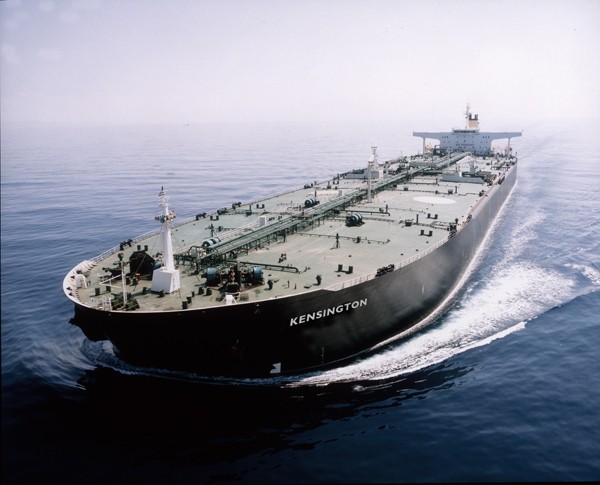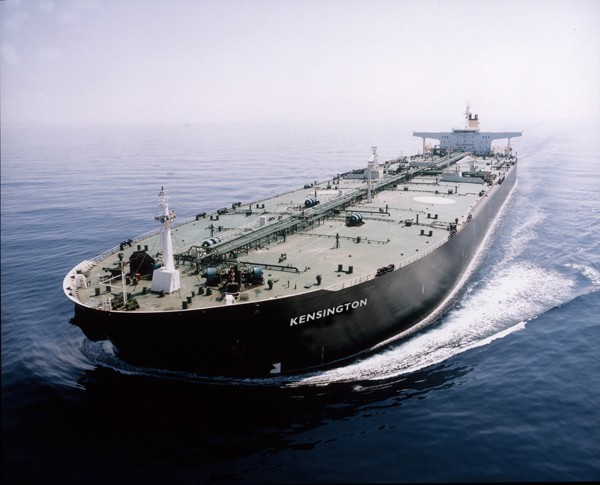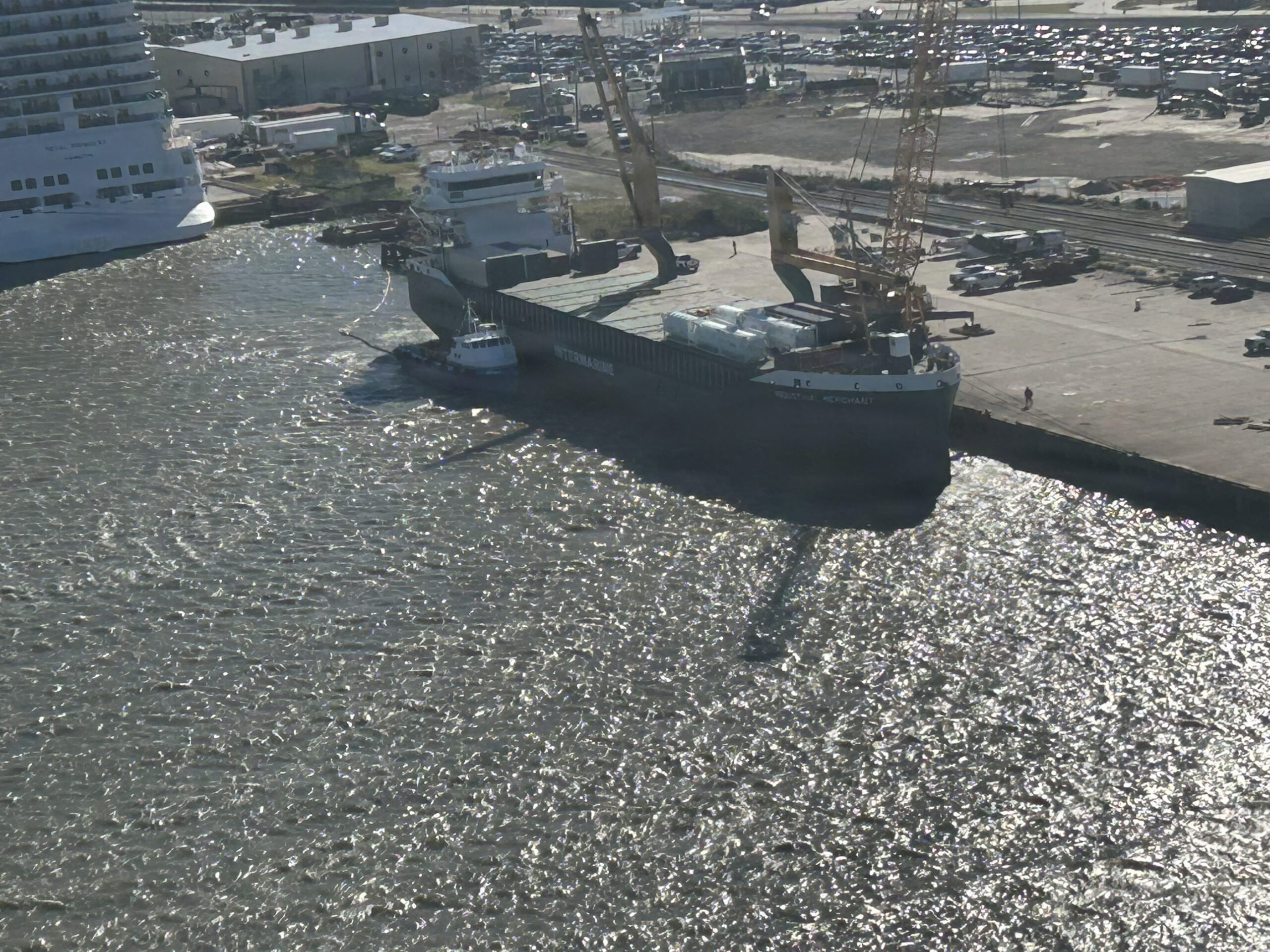Average earnings for very large crude carriers will be no higher than $35,000 to $40,000 a day for the next two years, Fotis Giannakoulis, a New York-based analyst at the investment bank, said in a Feb. 25 phone interview. That’s how much new vessels costing more than $80 million need to generate the 8 percent returns required to cover the cost of capital, he said.
Rates are trailing operating costs and fell within 4 percent of an all-time low this month. The two largest U.S. tanker owners have filed for bankruptcy protection and Frontline Ltd., the operator led by billionaire John Fredriksen, said it may lack funds to repay debt. The fleet will be less busy this year even as less capacity is added, Morgan Stanley estimated.
“Obviously when we have VLCC rates at zero or negative this is a complete disaster, but moving to $20,000 or $25,000 is not enough for companies to generate profits,” Giannakoulis said. “A lot of people are expecting toward the end of this year some improvement because of the lack of visible supply growth, but I think this improvement will not be meaningful to generate positive economic returns for investors.”
Record Low
Daily earnings for the tankers hauling 2 million-barrel cargoes fell 62 percent this year to $11,412, according to Clarkson Plc, the world’s largest shipbroker. Rates slid as low as $7,518 on Feb. 15, close to the record $7,254 reached Sept. 9, 2011, data show. The ships need $10,780 to cover running costs such as crew and maintenance, estimates Moore Stephens LLP, a London-based consultant and accountant.
The fleet will expand 5.3 percent to 191.1 million deadweight tons this year, down from 6.4 percent growth in 2012, according to Morgan Stanley, Still, utilization will decline to 80 percent from 82 percent as demand rises 2.2 percent, compared with 5 percent last year, the bank estimated.
Owners ordered too many ships when daily rates peaked at $229,000 in 2007, according to Clarkson. The fleet since swelled 34 percent, according to data from IHS Inc., an Englewood, Colorado-based research company. The price of a new VLCC built in South Korea dropped 40 percent to $91 million, according to Simpson, Spence & Young Ltd., the second-largest shipbroker.
Worldscale Points
Rates for the vessels on their busiest trade route to Asia from the Middle East fell for a second day, sliding 2.8 percent to 32.81 industry-standard Worldscale points today, according to the Baltic Exchange, the London-based publisher of shipping costs. That’s the biggest decline in a month, data show.
Daily losses widened to $3,439 from $1,662 yesterday, according to the exchange. Those assessments don’t account for owners slowing down to save fuel, their biggest expense. The price of ship fuel, known as bunkers, rose 0.1 percent to $639.79 a metric ton, according to data compiled by Bloomberg from 25 ports.
There are 20 percent more VLCCs available over the next 30 days than cargoes, according to the median estimate of seven shipbrokers and owners in a Bloomberg survey. That’s 2.5 percentage points less than last week and the lowest since Jan. 15, previous figures showed. The excess reached 24 percent on Jan. 29, the biggest since Sept. 5.
Convertible Bonds
Frontline, based in Hamilton, Bermuda, said Feb. 22 there’s a risk it won’t be able to repay $225 million of convertible bonds due April 2015 if the tanker market doesn’t recover before that year and the company can’t raise additional equity or sell assets. The operator of 33 VLCCs has lost 38 percent of its market value this month.
Overseas Shipholding Group Inc., the largest U.S. tanker owner, listed assets of $4.15 billion and debt of $2.67 billion in its November filing in a Delaware bankruptcy court. The Internal Revenue Service said Feb. 13 the company owes more than $463 million in taxes. General Maritime Corp., the country’s second-biggest owner, completed a restructuring in May, six months after a Chapter 11 bankruptcy filing.
Worldscale points are a percentage of a nominal rate for more than 320,000 specific routes. Flat rates for every voyage, quoted in U.S. dollars a ton, are revised annually by the Worldscale Association in London to reflect changing fuel costs, port tariffs and exchange rates.
The Baltic Dirty Tanker Index, a broader gauge of oil- shipping costs that includes smaller vessels, rose 0.4 percent to 686, remaining at the highest level since Jan. 3, according to the exchange.
– Isaac Arnsdorf, Copyright 2013 Bloomberg.

 Join The Club
Join The Club












